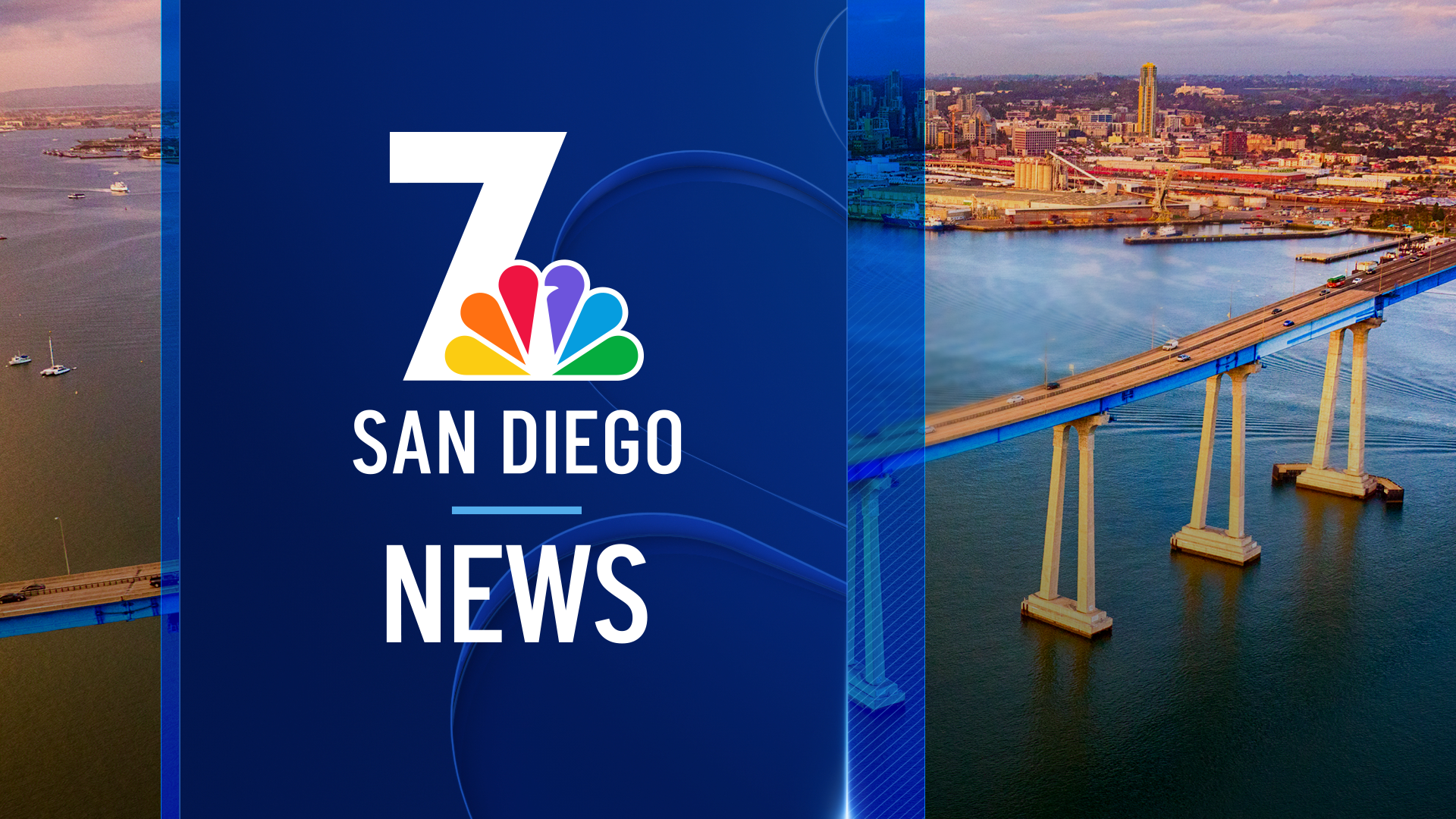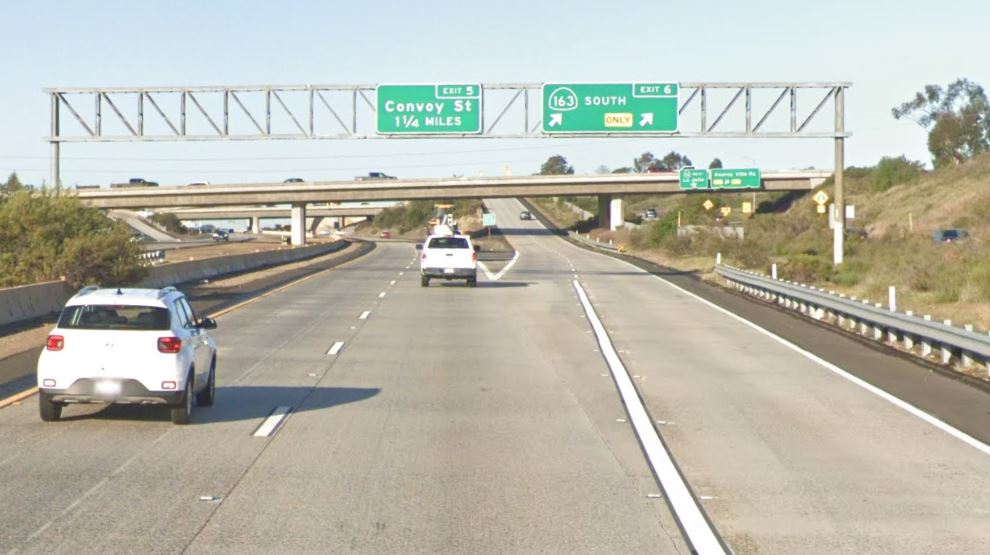While drought-stricken San Diegans brace for water rationing, a desalination project that could meet 10 percent of the region's water needs has been delayed for two more months.
The $300 million proposal by Poseidon Resources Corp. needs approval from one more state regulatory agency, the San Diego Regional Water Quality Control Board, to break ground on the project later this year, working toward a completion date in 2011.
"Every regulatory agency that has reviewed this project has determined that it's environmentally benign," said Scott Maloni, a Poseidon vice president. "Let's build this project. We need the water."
But the board voted unanimously Wednesday to withhold final permits at least until April, to allow the agency's staff and Poseidon to work out what Poseidon officials called "minor issues" relating to environmental concerns that already have prompted lawsuits against Poseidon and the state's Lands and Coastal Commissions, which have granted approvals.

"It's just crazy; we need the water now," said Julie Nygaard, a former water board member and Carlsbad city councilwoman. "There has been so much careful scientific evaluation that I find it shocking that the board isn't ready to move forward today."
The board's concerns involve whether Poseidon can adequately limit and "mitigate" the project's impact on the marine environment surrounding its planned operation in conjunction with the Encina Power Plant, a site overlooking the ocean and Agua Hedionda Lagoon in Carlsbad.
The proposed desalination project would piggyback on the power plant's "once-through" water cooling-process, whose intake results in fish and larvae kills.
Local
"It has devastated our fisheries, absolutely killed our near-shore fisheries," said Marco Gonzalez, attorney for two environmental groups that have gone to court over the project. "And it (the process) is on its way out. It's a dinosaur technology."
Gonzalez says a less harmful technology is "sub-surface intake" that uses "slant wells" and bottom sand to help filter out marine life.
"There's plenty of places around the world where this technology is being implemented," Gonzalez said in an interview. "We have studies from as close as Dana Point that show that sub-surface intakes are viable."
The water board's staff also wants Poseidon to narrow down a list of 11 San Diego coastal areas where the company would be required to restore up to 55 acres, including Agua Hedionda Lagoon.
The board's vote to delay a final decision after members heard three hours of public testimony and presentations by Poseidon officials and Gonzalez, representing San Diego Coastkeeper and Surfrider Foundation, nonprofits who have three lawsuits against the project scheduled for trial between March and June.
Among the three dozen public speakers, only a handful raised concerns about the project -- which would produce 50 million gallons of potable water on a daily basis.
"It would be nice if wetlands restoration was a straightforward as building with Legos," said Jim Peugh, representing the San Diego Audubon Society. "But it's not."
Proponents included representatives of Governor Schwarzenegger, state legislators, local water districts, business, industry and agricultural interests.
"To deal with the water shortage, farmers have substantially reduced their production, which affects their income for many years," said Casey Anderson, representing the San Diego County Farm Bureau.
"These business won't be able to compete economically and may have to sell their land. Time is not on their side."



